Matt Osborne explains how the raft of often-overlooked old lenses available today can open up a world of possibilities with your current gear.
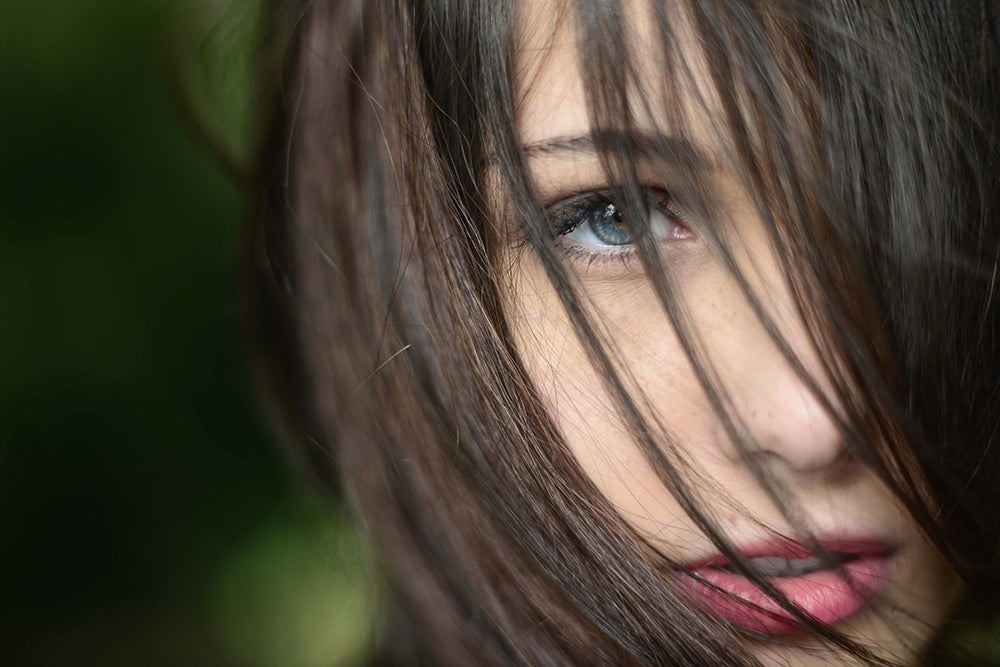
Pairing an old M42 medium-format lens with a modern-day Nikon D800 can produce great results. All pictures by Matt Osborne.
Have you ever lingered at the window of your local camera shop, or spent an unhealthy amount of time on the cameras section of eBay, and wondered if it’s possible to use all the many weird and wonderful old lenses with your modern-day digital camera?
Well, the good news is you can – so long as you follow two basic rules.
First, the sensor size of the camera you want to mount the vintage lens to must be equal to, or smaller than, the sensor size (or camera format) of the camera for which the lens was originally made.
Second, the distance between the lens and the camera sensor (the flange distance) must be equal to, or greater than, the distance between the lens and the camera sensor on the original camera.

The Zeiss Pancolar 80mm f/1.8 is perfect for portraits
Old lens options
Most mirrorless cameras have the lens mount closer to the sensor since there’s no mirror to take up additional space, so they obey rule two. As the majority either feature APS-C or Four Thirds sensors, they also follow rule one, making them a great option for shooting with vintage lenses.
If you’ve got a DSLR, it’s easy to be tempted to buy classic 35mm optics. However, don’t forget the medium-format lenses, or even large-format lenses for that matter, as they can all be used on any DSLR or mirrorless camera. As a result, the opportunities to use old lenses on such cameras are almost endless.

Don’t think image quality will be compromised as it can be excellent
Starting out using old lenses
I discovered this world of vintage lenses when I was new to photography and using a Panasonic Lumix DMC-G1 Micro Four Thirds mirrorless camera. I was researching photos I liked on Flickr, and then seeing what lens the photographer used to help achieve the look of his shot.
It wasn’t long before I ditched my 14-42mm kit lens and switched to a Leica-mount Voigtländer Nokton 40mm f/1.4 lens via an adapter. The results blew me away and made me look at other manual-focus lenses on eBay. I discovered they could be bought for a fraction of the price of the Lumix lenses that were designed for the camera. At the same time, they were teaching me photography. I became familiar with terms such as ‘aperture’ and ‘shutter speed’, and shot everything in manual mode.
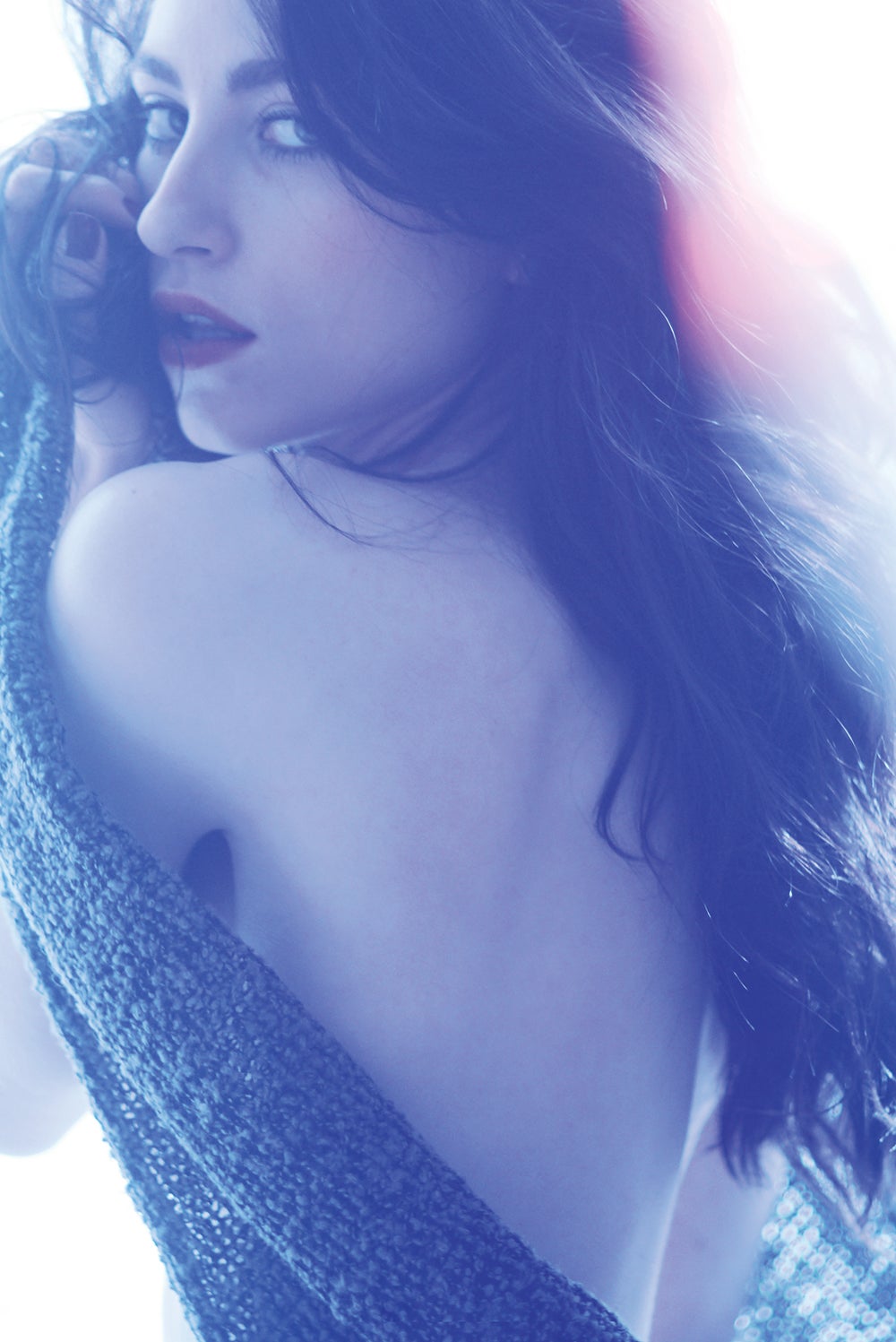
Matt’s first taste of vintage lenses was shooting on the Panasonic Lumix DMC-G3
Adapters for old lenses
As I’ve briefly mentioned, the primary means of attaching an old lens to your modern DSLR or mirrorless camera is a lens adapter. The majority will fit most lenses to most cameras, assuming
they conform to the rules mentioned previously. Visit your local dealer or search online for your camera and the make or mount of the old lens you wish to use with it, and you should find something suitable.
The adapter allows you to mount the lens to the camera body as if it were a modern lens designed for that camera. The main difference is that, typically, there is no electrical contact, so you’ll have neither AF nor EXIF data. Metering should still be possible in most cases, though.
Along with standard adapters, tilt-shift lens adapters are also available. For example, a tilt-shift adapter made by Arax allows you to mount Pentacon Six (P6 mount) medium-format lenses on a DSLR.
This is not forgetting that some old lenses can be used on DSLR cameras with only part-functionality. For example, M42-mount lenses can be used on a Nikon DSLR using an M42 adapter.
However, the lens cannot be focused to infinity – you risk the rear of the lens hitting your camera’s mirror when you fire the shutter. While this might be an issue for some, such a set-up has its advantages. M42 lenses can focus closer than they were originally designed to when mounted on a DSLR, creating a pleasingly shallow depth of field. There are a wealth of M42 lenses out there. My choice is the Carl Zeiss Jena range, but it’s also worth noting that M42 lenses can be used on mirrorless cameras without any restrictions.

The ability to achieve pleasing bokeh is one of the many appeals of these lenses
Journey of discovery
I purchased various low-cost legacy lenses on eBay – some better than others – by manufacturers including Olympus Zuiko and Vivitar. After a year I changed from a Lumix G1 to a Nikon DSLR and remember the biggest disappointment being that I was unable to use my favourite Voigtländer lens on the Nikon, owing to the restrictions outlined earlier.
I then bought some M42-mount lenses to use on my Nikon D800, but as mentioned, without infinity focus. Next, I started my journey into film photography and was buying Russian medium-format film cameras such as the Kiev 88 and Pentacon Six. This introduced me to a new world of medium-format lenses and I began using these legacy lenses on my D800.
No matter what camera or budget you have, with a bit of time and research you’ll be able to find a vintage legacy lens that will give a unique look to your photographs that modern lenses simply can’t replicate.
Freelensing
You don’t need an adapter to shoot with vintage lenses.
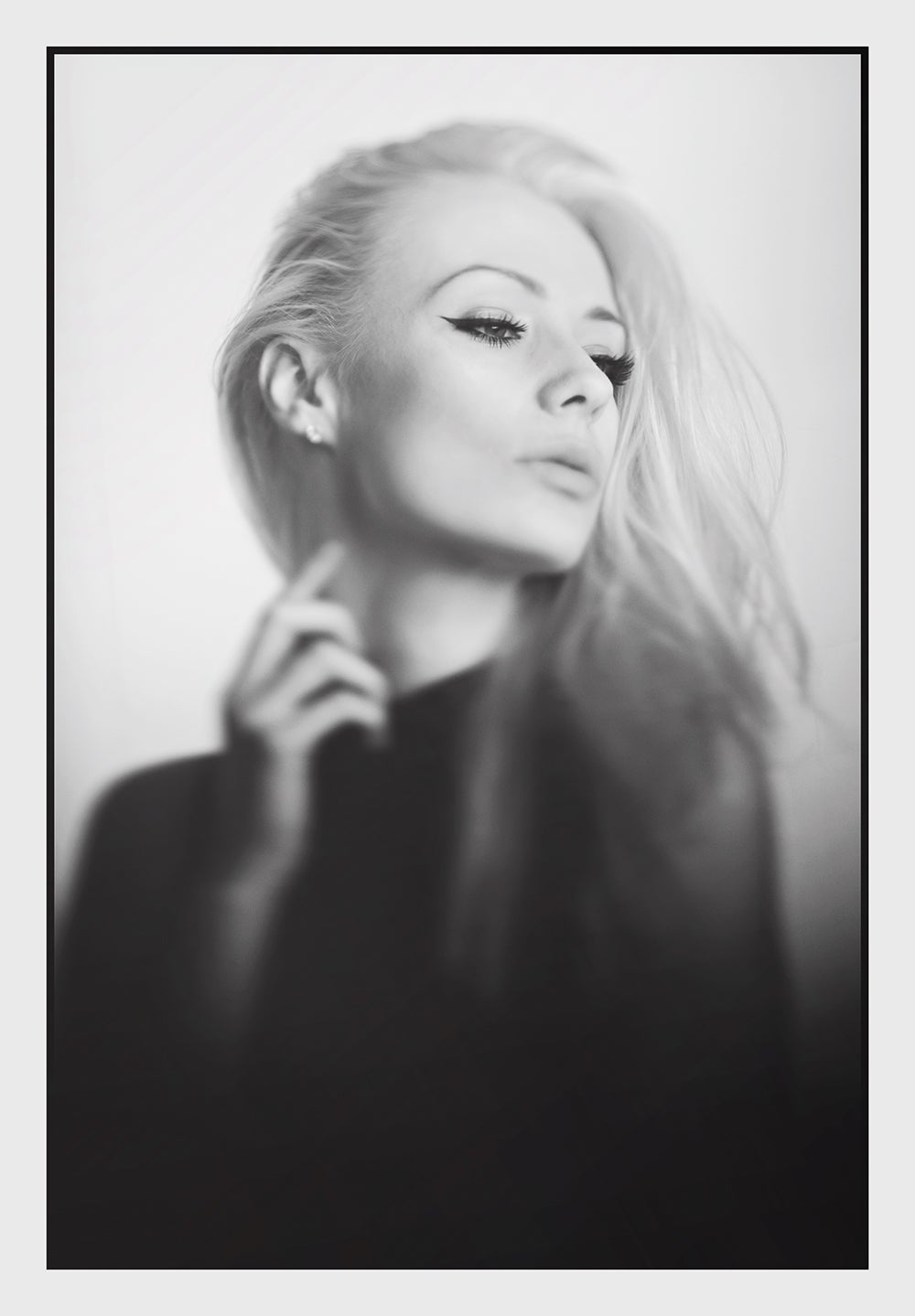
Freelensing can produce some striking results with lovely defocused effects
As the name suggests, freelensing is exactly what it says – the lens is handheld in front of the camera body, aligning roughly to where it would normally be mounted to the camera. It can be done with any DsLR or mirrorless camera, and any lens that follows the two basic rules outlined previously can produce some beautiful, creamy, defocused effects that can be difficult to replicate elsewhere.
First, to shoot with a lens removed from your camera, the lens must be held at the same plane to the camera body as if it were mounted, giving a similar look to any other standard photo.
If the lens you’re using would normally require a very thin lens adapter, such as an M42-mount lens, then it’s less easy to freelens, as the lens must be held up to the camera body. It’s a similar story if the lens is the same make as the camera, such as an old Nikkor AI lens on a Nikon DsLR, since again, the lens needs to be held almost touching the camera body to achieve a shot.
If the lens would normally require a deeper lens adapter, then it will need to be held at roughly the same distance from the camera body to get a standard-looking photo. therefore, if the lens adapter you’d normally use is one-inch deep, the lens must be held at the same distance from the camera body to give the same look to the image.
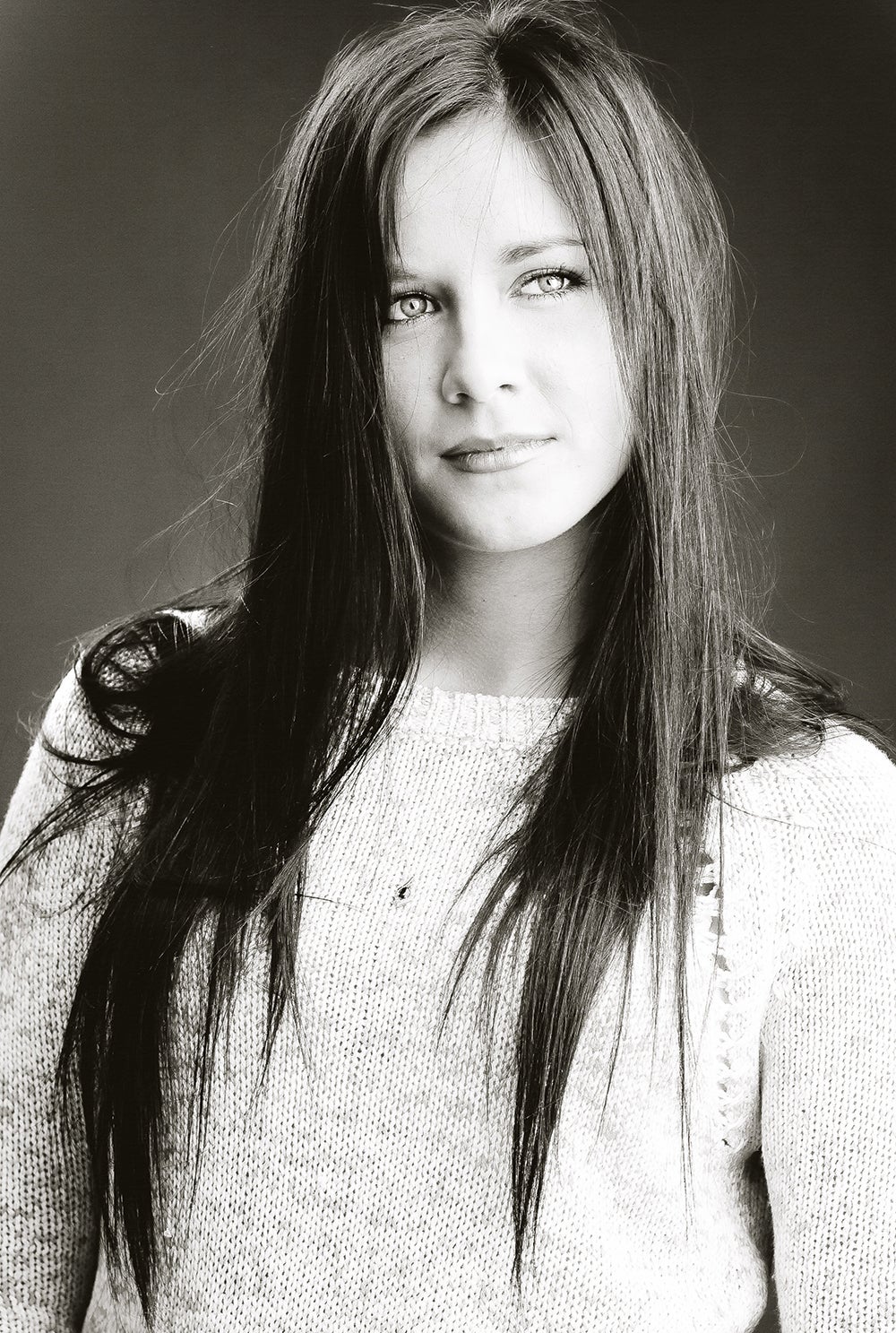
Mirrorless cameras are one option, as seen in this image shot on a Panasonic Lumix DMC-G3
Getting creative with an old lens
Probably the most common reason for freelensing is the ability to tilt the lens to a different plane from that of the camera sensor, thereby creating the common tilt-shift look with part of an image in focus and part of it out of focus.
This works by tilting the lens no more than a few millimetres from the lens mount. tilting the lens to the right will mean the left side of the frame retains focus, while tilting it downwards will mean the top area retains focus, and so on. Get it right and it can produce some fantastic results.
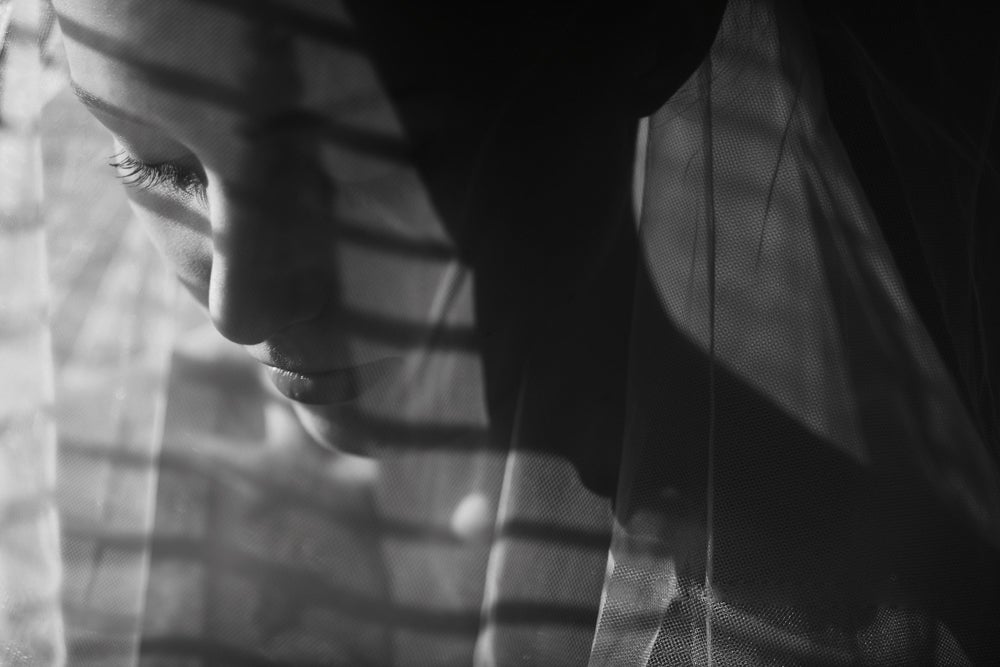
You’ll need to be careful when shooting with the lens removed
Overcoming problems
It goes without saying that light leaks can be a problem, as the lens is tilted away from the camera body. Try to cup the lens from the side from which the light is coming to avoid this. However, there are times when it’s best not to fight it, since light leaks can lend a lovely retro look to your images. It’s a case of making sure you don’t overdo things.
With the sensor exposed, the risk of dust increases greatly. Try to limit the length of time that the sensor is exposed, and avoid placing the camera in areas that are likely to be dusty.
Step-by-step guide to using an old lens
1. Settings

Before you detach your lens, set your camera’s drive mode to continuous, to boost your chances of success. Dial in the exposure you’ll need once the lens has been removed, using the maximum aperture of the lens. With the camera set up to shoot raw, detach the lens.
2. Shooting

Set focus to infinity – it’s easier to move the lens rather than try to adjust the focus with one hand. There’s a lot of trial and error, so don’t be disheartened if it doesn’t work at first. Very gentle movements are key here; the more you tilt the lens, the more blur you’ll get.
3. Practice

You may prefer to shoot through the viewfinder, but with focusing being tricky you may want to use the larger rear screen. Don’t be afraid to shoot a burst of shots, either, as you’re more likely to get one that’s in focus. You’ll be amazed by what tiny movements of the lens can do.
Using an old lens: Kit list
M42 adapter
Very affordable and with a raft of options available for various mounts, this is a great adapter to get started with.
P6 tilt-shift adapter
While you can get standard P6 adapters, there are some tilt-shift options available from the likes of Arax.
Carl Zeiss Jena
Available in a range of mounts including P6 and M42 options, these are not budget vintage lenses but are definitely worth looking at.
Matt Osborne
Matt Osborne’s photographic career began in 2008, after he was given a Panasonic Lumix DMC-TZ5 for Christmas. Eight years later, he is now a wedding and model photographer. Completely self-taught, he enjoys using a range of kit from Leica M3s to a 1947 Pacemaker Speed Graphic and Sinar F2. www.mrleica.com




